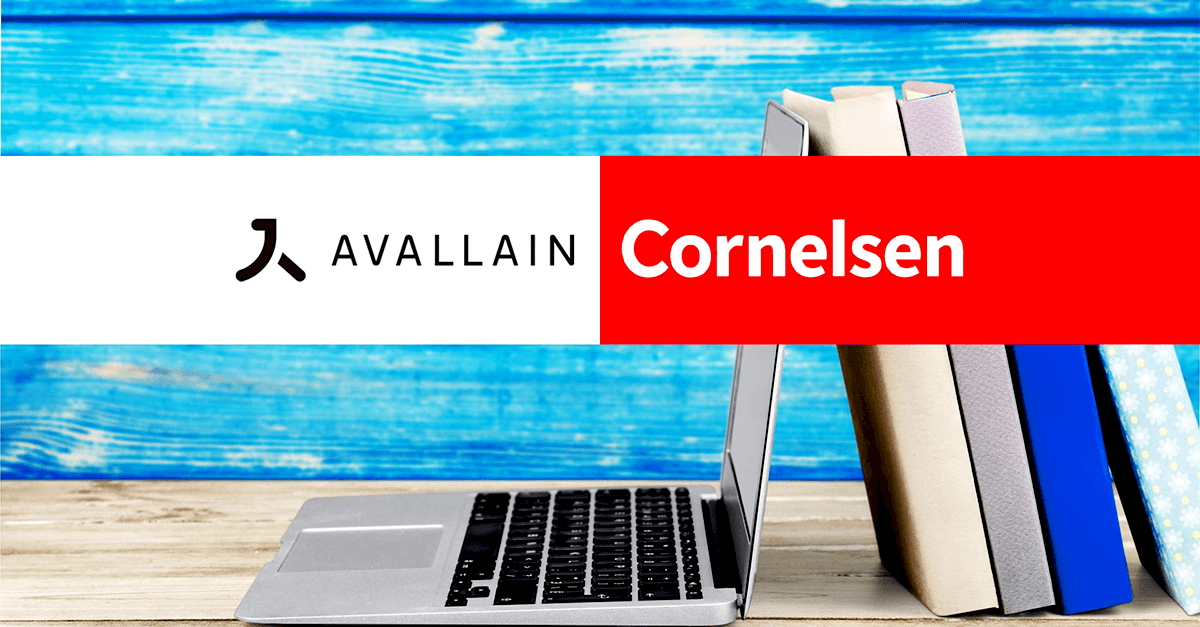
4 min read
2017/07/19
The digital age has given education institutions and publishers the ability to provide fully individualised education by adapting their learning platforms to the specific needs of their user base. But creating bespoke learning platforms can be burdensome, especially when trying to avoid over-complicating the processes of developing, updating and troubleshooting the software. Avallain Unity’s modular architecture is the solution to this problem.
What is modular software architecture?
The Avallain Unity architecture distinguishes between core components and optional ones. Core components are essential to all learning platforms – they provide fundamental features such as assignment or grade book functionality. Optional components, on the other hand, are designed to address specific needs which may differ significantly from platform to platform, offering features such as:
- User interfaces individually tailored to the end user’s role (e.g. teacher or student)
- Data collection and analysing methods that are in accordance with regional laws
- Market-specific access pathways and subscription models
These, as well as virtually any other optional components our customers may require, can easily be added to the core functionality.
How can customers benefit from this architecture?
This modular approach to software architecture offers many advantages to everyone involved in the creation of learning platforms, as well as those that use them:
Individualised software solutions
Avallain Unity can be used to create highly individualised learning platforms including a large variety of functions that customers can choose to use. Thus, Avallain Unity can quickly be adapted to the needs of any customer, from large publishing companies creating learning platforms for primary and secondary schools to individual educational institutions or corporate education programmes. And since individualised learning platforms based on Avallain Unity architecture always include precisely those features which our customers actually use, both content creators and learners benefit from high usability.
One common core architecture
Individualised learning platforms without a common core software require a considerable amount of time and resources to be updated – in addition, their greater complexity also increases the risk of unstable operation. And that is exactly what our modular architecture is designed to prevent. Thanks to the common core components of Avallain Unity’s architecture, we can update and improve all builds simultaneously. This also ensures that learners are always up-to-date with the latest improvements, have the easiest access to the learning platforms and experience the most optimised software performance as well.
Less complexity, more business benefits
The modular approach also has very tangible benefits from a business perspective. Creating highly individualised builds of Avallain Unity by simply combining core and optional components significantly cuts down on development time and costs. Likewise, customers using multiple learning platforms based on different builds of Avallain Unity do not need to train their staff to operate three entirely different platforms, as the core functionality is identical. Our modular architecture can even be integrated with existing systems, as it expresses itself in a micro-service architecture, representing the latest in scaled architectures. Thus, adding Avallain Unity functionality to existing software is highly cost-efficient and reliable.
A solution based on experience
Our modular approach to software architecture allows us to create creative digital learning spaces that feel like bespoke software, but actually derive from a common core architecture. This allows users to benefit from both up-to-date educational innovation as well as streamlined production and code,” says Cristina Musso, Product Manager for Avallain Unity. “It is greatly rewarding to see our wide array of customers and their end users benefiting from the same modular concept at every step of the way.
Our customers agree. The related publishers Difusión and Éditions Maison des Langues benefit from employing the same core architecture while catering specifically to three different markets. One key difference: the Avallain Unity build used for the French schools market uses a token access pathway, while the other two use freemium pricing models – due to the modular approach, all platforms were able to benefit from optional functionality at no cost to usability or reliability.
Towards the hub-based future of education
Our unique blend of the advantages of bespoke software solutions and those of a common core architecture is not only appreciated by Difusión and Éditions Maison des Langues. All over the world, companies and educational institutions are working with learning platforms powered by Avallain Unity.
They provide individualised education to millions of learners in different learning environments and markets, all benefiting from the same reliable software and support.The future of digital education involves moving away from the unnecessary complexity of using fundamentally different software solutions, towards using hub-based architectures that provide a holistic learning experience by serving different platforms, apps and various learning scenarios from the same data. Our experience with many customers all over the world has shown this to be the right approach, and thus, we will continue to make Avallain Unity the premium hub architecture of the future.

